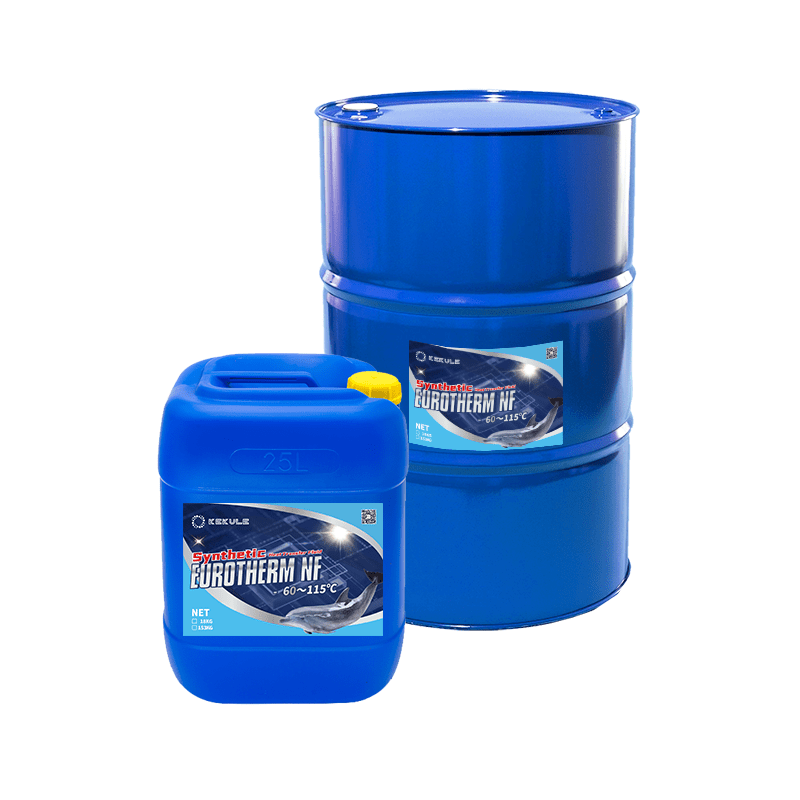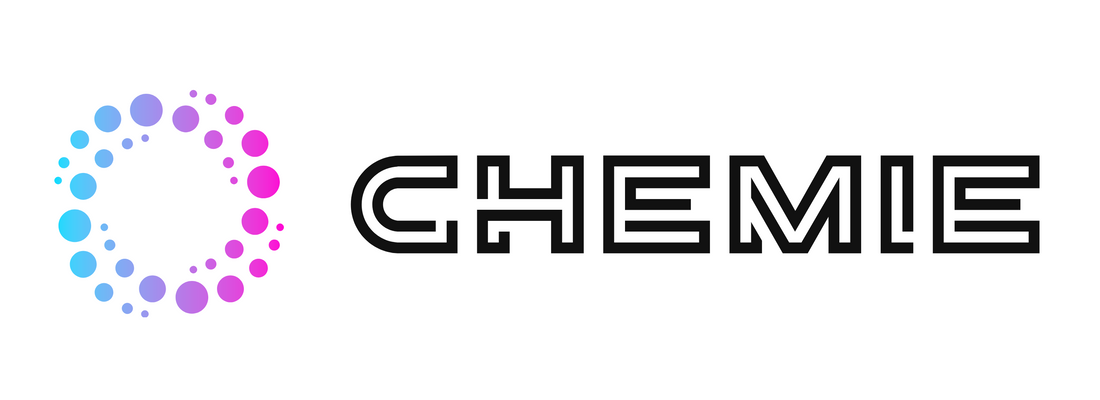The Of Chemie
The Of Chemie
Blog Article
More About Chemie
Table of ContentsThe 8-Second Trick For ChemieChemie Can Be Fun For EveryoneAll About ChemieChemie Can Be Fun For Anyone4 Simple Techniques For ChemieGetting My Chemie To Work
By Bojanna Shantheyanda, Sreya Dutta, Kevin Coscia and David SchiemerDynalene, Inc. Fluid cooling, which can be achieved making use of indirect or straight means, is made use of in electronic devices applications having thermal power thickness that might exceed secure dissipation with air cooling. Indirect fluid cooling is where warmth dissipating electronic elements are physically separated from the fluid coolant, whereas in instance of straight cooling, the elements are in direct call with the coolant.In indirect cooling applications the electric conductivity can be crucial if there are leaks and/or splilling of the liquids onto the electronic devices. In the indirect cooling applications where water based fluids with corrosion inhibitors are normally used, the electrical conductivity of the liquid coolant mainly depends on the ion focus in the fluid stream.
The boost in the ion concentration in a closed loop fluid stream might occur as a result of ion leaching from metals and nonmetal parts that the coolant liquid touches with. Throughout procedure, the electric conductivity of the fluid might increase to a degree which could be dangerous for the cooling system.
The smart Trick of Chemie That Nobody is Discussing
(https://nwgsuqneu11.typeform.com/to/EnpuRWEa)They are grain like polymers that are qualified of exchanging ions with ions in a service that it is in call with. In the existing work, ion leaching examinations were executed with numerous steels and polymers in both ultrapure deionized (DI) water, i.e. water which is dealt with to the highest degree of purity, and low electric conductive ethylene glycol/water combination, with the measured adjustment in conductivity reported with time.
The examples were permitted to equilibrate at area temperature for 2 days prior to videotaping the initial electrical conductivity. In all tests reported in this study liquid electric conductivity was determined to a precision of 1% making use of an Oakton CON 510/CON 6 series meter which was adjusted prior to each measurement.
All About Chemie
from the wall surface home heating coils to the center of the furnace. The PTFE example containers were put in the heater when consistent state temperatures were reached. The test configuration was eliminated from the heater every 168 hours (seven days), cooled to space temperature with the electric conductivity of the liquid determined.
The electric conductivity of the fluid sample was monitored for a total of 5000 hours (208 days). Figure 2. Schematic of the indirect closed loop cooling down experiment set-up - silicone fluid. Table 1. Components used in the indirect shut loop cooling experiment that are in call with the fluid coolant. A schematic of the speculative configuration is received Number 2.

The Single Strategy To Use For Chemie
The change in liquid electrical pop over to this site conductivity was monitored for 136 hours. The liquid from the system was collected and stored.

0.1 g of Dowex material was added to 100g of liquid examples that was absorbed a separate container. The combination was stirred and change in the electrical conductivity at space temperature was measured every hour. The gauged adjustment in the electrical conductivity of the UP-H2O and EG-LC test liquids consisting of polymer or steel when immersed for 5,000 hours at 80C is revealed Number 3.
The Best Guide To Chemie
Figure 3. Ion seeping experiment: Measured modification in electric conductivity of water and EG-LC coolants containing either polymer or metal examples when submersed for 5,000 hours at 80C. The results suggest that metals added less ions right into the fluids than plastics in both UP-H2O and EG-LC based coolants. This can be due to a slim metal oxide layer which might serve as a barrier to ion leaching and cationic diffusion.
Fluids including polypropylene and HDPE displayed the lowest electrical conductivity changes. This can be as a result of the brief, stiff, direct chains which are less likely to add ions than longer branched chains with weaker intermolecular forces. Silicone additionally performed well in both test fluids, as polysiloxanes are usually chemically inert due to the high bond energy of the silicon-oxygen bond which would stop destruction of the material into the liquid.
Some Known Facts About Chemie.
It would certainly be anticipated that PVC would create similar results to those of PTFE and HDPE based on the similar chemical structures of the products, nonetheless there might be other contaminations existing in the PVC, such as plasticizers, that might affect the electric conductivity of the liquid - silicone fluid. Furthermore, chloride teams in PVC can also leach into the test liquid and can create a rise in electrical conductivity
Polyurethane entirely disintegrated right into the test liquid by the end of 5000 hour examination. Before and after pictures of metal and polymer samples submersed for 5,000 hours at 80C in the ion leaching experiment.
Measured change in the electric conductivity of UP-H2O coolant as a function of time with and without resin cartridge in the closed indirect cooling loophole experiment. The gauged modification in electric conductivity of the UP-H2O for 136 hours with and without ion exchange material in the loop is revealed in Figure 5.
Report this page